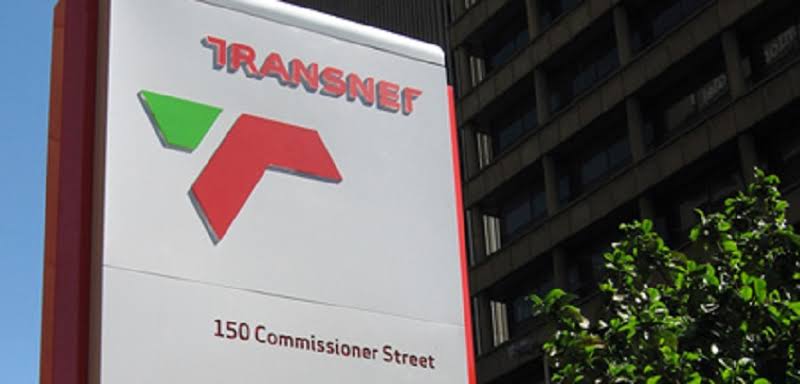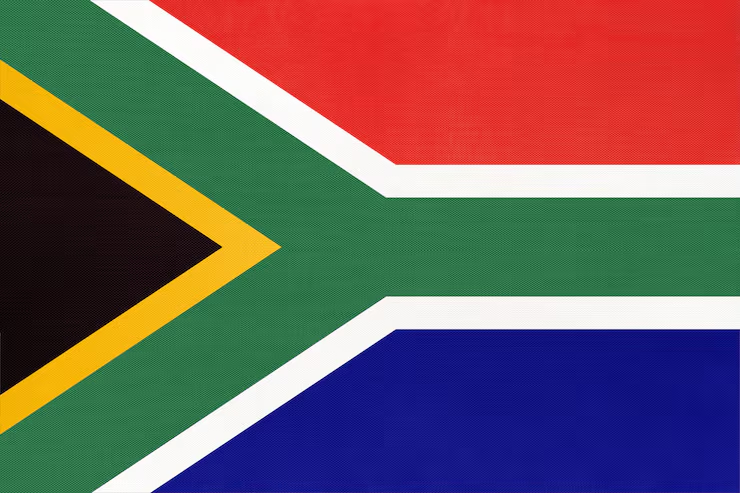Business
R94.8 Billion Lifeline: Why Transnet’s Survival Matters to Every South African

Why Transnet’s Survival Matters to Every South African
In a move that has both raised eyebrows and stirred cautious optimism, the South African government has approved a hefty R94.8 billion in guarantees to rescue Transnet, the troubled state-owned rail and ports operator. And while most people’s eyes may glaze over at numbers that size, this bailout is deeply personal, for farmers, exporters, commuters, and ordinary South Africans wondering why their groceries keep getting more expensive.
Because when Transnet sneezes, the entire country catches a cold.
Breaking It Down: Where the Money’s Going
Of the R94.8 billion guarantee package, R48.6 billion will go toward covering Transnet’s debt repayments over the next five years. The remaining R46.2 billion is essentially a safety net to prevent the company’s credit rating from being slashed even further, which would make borrowing even more expensive in the future.
This latest guarantee comes just months after the state greenlit a R51 billion facility in May. It’s clear: Transnet, at this point, is entirely dependent on government backing to stay afloat.
But why does this matter so much?
The Hidden Cost of Crumbling Infrastructure
For years, Transnet has been buckling under the weight of poor management, corruption, and chronic underinvestment. What used to be a proud national logistics engine has become one of South Africa’s biggest bottlenecks. Trains don’t run on time or at all. Ports are congested. Exporters, especially in mining and agriculture, are bleeding revenue as they struggle to get goods out of the country.
South Africa’s rail freight volumes are at the lowest they’ve been in decades. In a country with a long history of heavy reliance on trains to move coal, minerals, containers and fuel, that’s a red flag for economic productivity.
Our ports, once regional leaders, now rank among the worst globally, regularly appearing at the bottom of international performance indexes.
A Bailout or a Band-Aid?
The government says the goal is not just to keep Transnet on life support, but to turn it around completely. Part of the plan includes using some of the guarantee funding to finance infrastructure upgrades and buy new equipment a long-overdue refresh of trains, cranes, and cargo-handling tech.
There’s also talk of opening the doors to private sector participation, something business and economic analysts have been calling for over a decade. For now, however, the state remains the sole rescuer.
Critics are wary.
“How many bailouts must we fund before we see results?” one user commented on X. Another asked: “Can we trust the same system that helped break it to now fix it?”
S&P Global: Don’t Get Too Comfortable
In fact, global ratings agency S&P Global is not convinced this will end well—at least not anytime soon. On 10 July, it downgraded Transnet’s senior unsecured debt, warning that things could get even worse if government support weakens.
In S&P’s words, “a favorable revision is unlikely in the next 12 months,” essentially suggesting that this bailout is a short-term fix to a long-term crisis.
Transnet’s Role in the Bigger Picture
What many South Africans don’t realise is how central Transnet is to everything from fuel supply to food prices. When goods get stuck at ports or rail lines break down, businesses incur delays and losses, which are inevitably passed down to the consumer.
Local farmers in the Northern Cape can’t get their citrus exports to Durban in time. KZN manufacturers complain of delays in raw material shipments. Miners are watching foreign buyers turn to countries with better logistics.
This doesn’t just affect “the big guys.” It affects job creation. It affects food affordability. It even affects fuel prices.
So What’s Next?
The Department of Transport says the government will keep working closely with Transnet to improve both operations and finances. But with nearly R150 billion in guarantees and no clear timeline for when we’ll see meaningful results, the public has every right to ask: what’s the real plan?
South Africans have seen this before, bailouts with little accountability. For Transnet to avoid becoming the next Eskom or SAA cautionary tale, it must prove it can deliver on promises, reform from within, and allow real partnerships with private players.
Until then, the R94.8 billion rescue package is more of a lifeline on credit than a vote of confidence.
{Source: BusinessTech}
Follow Joburg ETC on Facebook, Twitter , TikTok and Instagram
For more News in Johannesburg, visit joburgetc.com


























